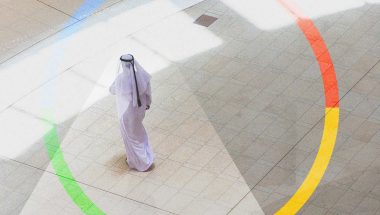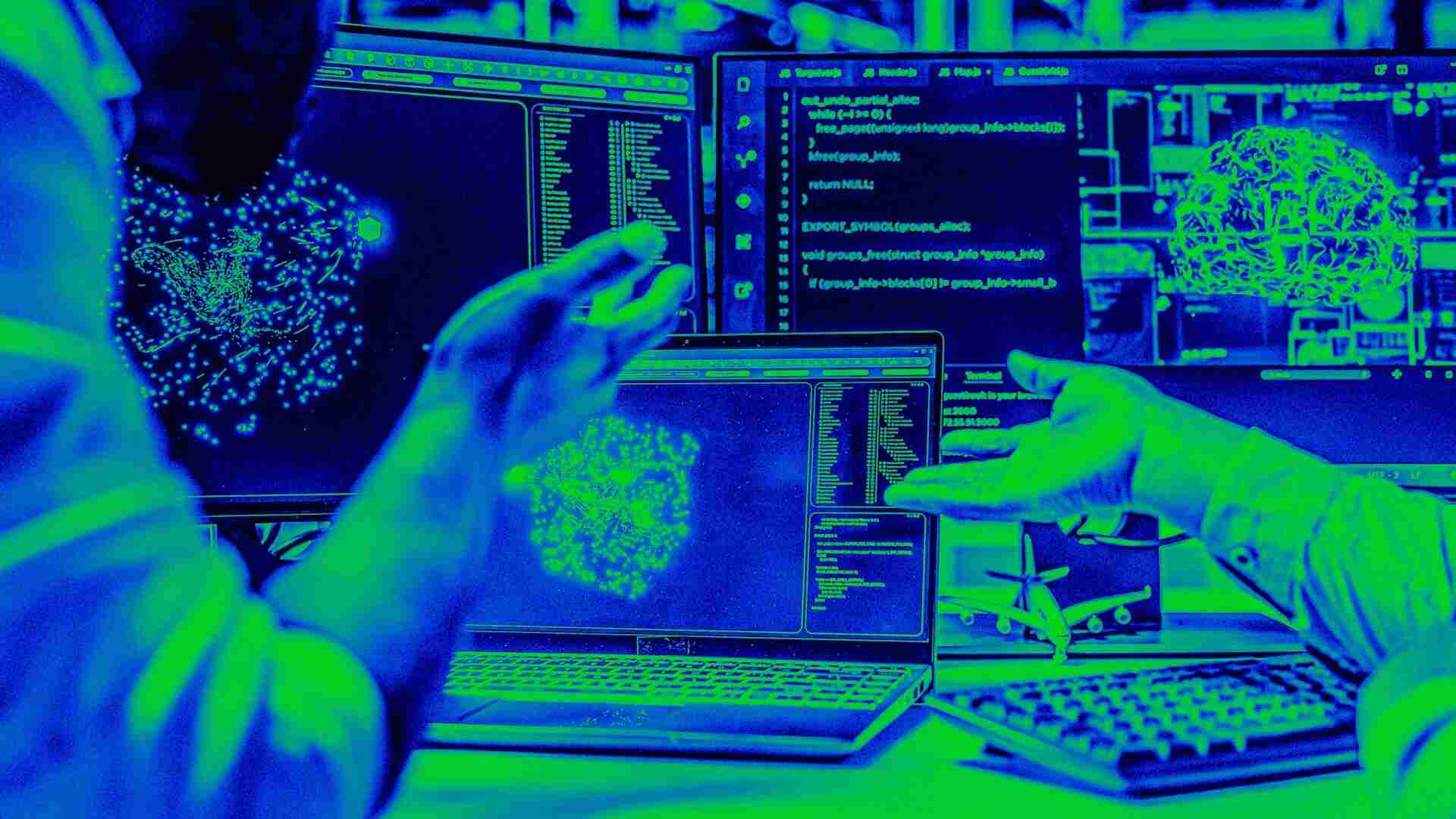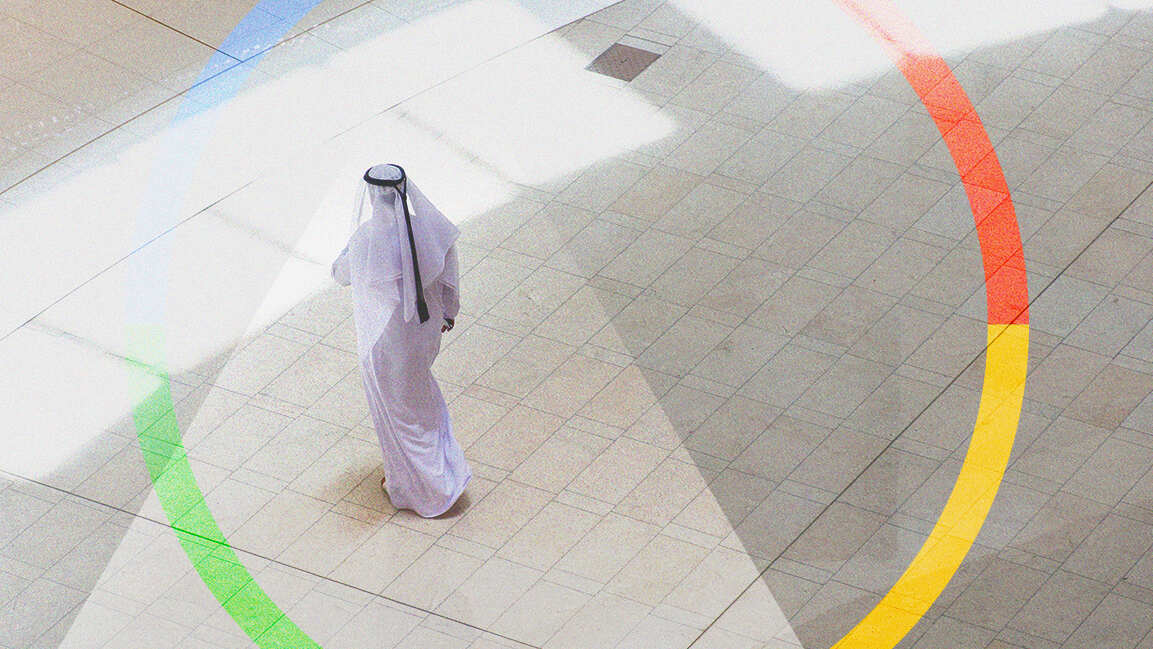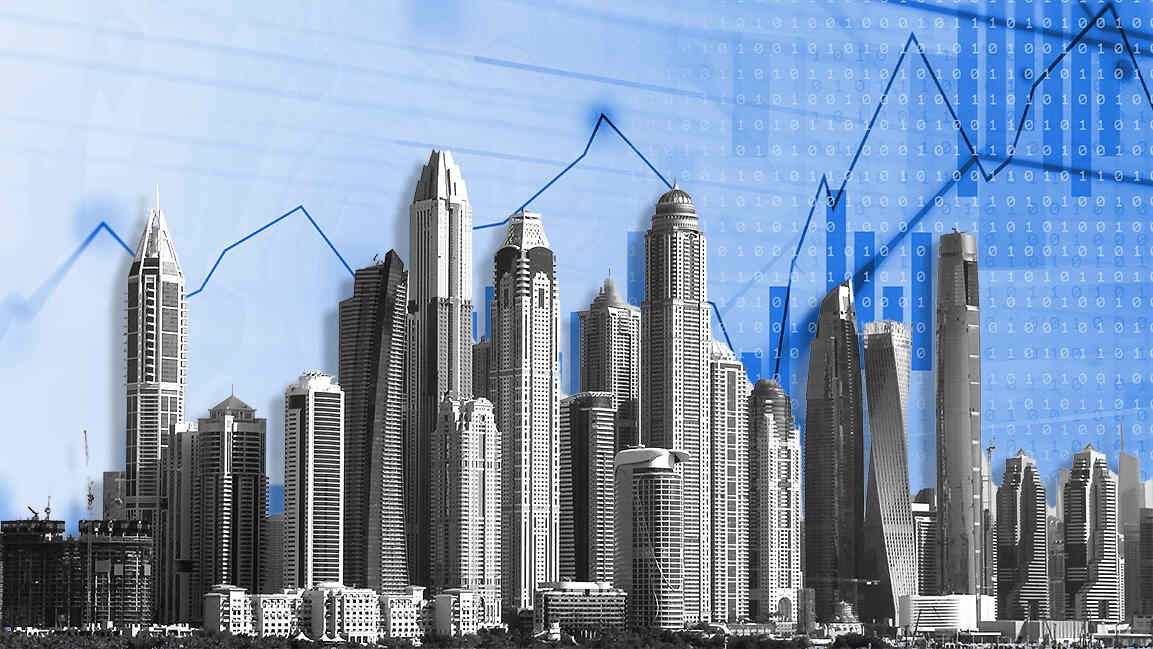- | 9:00 am
The Middle East is excited about quick commerce. Why?
A half-dozen grocery services that offer speed and convenience could account for up to half of the Middle East's online grocery market soon.

Every neighborhood has a tiny corner shop that stocks basic grocery supplies. It would be unfair to call it basic because some sell tofu and avocados. Those stores were a godsend during Covid lockdowns when e-grocers had two-day waiting lists.
Today, you don’t even have to step out of your house to get basic groceries from the corner shop. If you want a quick meal after work or hosting a dinner party but are in a last-minute panic over a forgotten ingredient, you can search for specific items on an app, place orders, and it will be delivered to your doorstep in under 20 minutes.
The explosion of quick commerce, which sprung up during the pandemic, is transforming the Middle East as more companies compete for faster delivery, pulling out all the stops to tempt shoppers.
Betting big on quick commerce, some of the top quick commerce players in the region include talabat, known to make deliveries in 20 minutes, and in Egypt, RabbitMart, or Rabbit, delivers groceries and other items in less than 20 minutes. Deliveroo’s new rapid delivery grocery service in the UAE promises as little as 15 minutes.
Customers demand faster delivery and more reliable service, says Wassim Makarem, SVP Qcommerce at talabat. “They want available slots, timely delivery, and choice in delivery – scheduled, pickup, and various locations. Almost 10% of customers list quick selection, easy checkout, quick reorder, easy product search, out-of-stock updates, and tracking order status as the most important features of quick commerce.”
A big portion of online customer experience is derived from the speed of delivery, says Sandeep Ganediwalla, Dubai-based managing partner of Redseer Strategy Consultants, a global consultancy specializing in digital services. “The MENA region, especially UAE and KSA, is one of the most developed markets in the world when it comes to quick commerce and now accounts for 15% of the digital economy, up from less than 10% a few years ago.”
The stakes are high. Emerging as a subset of ecommerce, rapid grocery delivery service, or quick commerce is changing how people buy daily essentials. No wonder the rapid delivery ecommerce market in the Middle East will reach $20 billion in 2024. Nearly 20% of the share will belong to grocery delivery.
“The quick commerce market crossed $10 billion in value last year. It is largely driven by food delivery as this segment is the first mover and increasingly grocery where consumers order for last-minute products or opt for convenience,” says Ganediwalla.
Most players are vying for dominance in the region and are planning to expand into new cities. The expansion has been pumped up by investment into this new market in the region. Getir’s latest funding round of $768 million valued the Turkish company at $12 billion; Talabat has roped in Cristiano Ronaldo as the official brand ambassador. Rabbit came out of stealth with $11 million in pre-seed funding last year.
“Quick commerce is evolving the entire retail industry by redefining customer expectations around delivery time,” says Ahmad Yousry, co-founder and CEO of Rabbit.
“When Amazon first introduced two-day delivery, there were skeptics. ‘Nobody needs a book or pair of headphones delivered in two days. It can surely wait,’ some speculated. Today, offering two-day and even next-day delivery has become table stakes for any ecommerce company.”
People often forget to buy groceries and panic when they need them, which is why most on-demand platforms launched first in that vertical. But over time, they found out that offering other items that a buyer would need was a bigger opportunity. According to researchers, other fast delivery services such as medicines and gifts will gradually enter the Middle East market in the next few years.
“We expect to see other categories such as gifting and fashion items also becoming important as consumers’ digital behavior evolves,” says Ganediwalla.
talabat UAE reported a more than 60% year-on-year increase in orders across its portfolio, which includes groceries, and a growth of over 30% in its customer base. It had over two million new app downloads registered in 2021.
“Quick commerce business is growing sustainably in all our markets. We continue to expand as more customers shop with us and spend more money per order due to a wider selection of products being purchased, which has a positive economic impact at the order level,” says Makarem.
The companies say they control the end-to-end experience on their platform. They have a live inventory tracking system in their warehouses, and riders are equipped with technology to make the deliveries.
The frenzy within the on-demand convenience delivery space has often been questioned about whether these companies can fulfill their quick delivery times without breaking their riders. It has attracted protests from some delivery drivers demanding improved working conditions.
“Our 20-minute promise is only made possible through our proprietary tech. We are a tech company first and foremost,” says Yousry.
“Speed is at the heart of everything we do. We measure everything in seconds and rely on our tech platforms for efficient and frictionless completion of the delivery.”
The delivery company, which has delivered over two million items in ten months of operation, says its real-time stock tracking and warehouse automation solution optimizes navigation and order preparation. “About 94% of our orders get prepared in under 60 seconds,” adds Yousry.
Having the right tech systems in place for both in-store operations and logistics drive talabat to have 20-minute deliveries, says Makarem. “We focus on using tech to optimize all aspects of the order from the shopping experience to picking the order, to logistics and the final delivery.”
IT’S BEEN A GAME-CHANGER
Initially spurred by stay-at-home orders, it has continued as lockdowns eased. These rapid delivery services are finding enthusiastic takers.
Regular user Sonia Ahmed, 33, in Dubai, says she uses delivery apps to buy milk, fresh fruits, and crisps as with the current offer of free delivery, she can get them cheaper than popping to a corner shop.
“Prices are reasonable,” she says. “It’s great if you are binge-watching Stranger Things or friends give you a surprise visit.”
Shops cannot be sure if goods are in stock and will always take longer to deliver, she adds.
The apps may appear similar to Spinneys, which also offers grocery deliveries, or buying groceries from Waitrose. The difference is a faster and, arguably, more reliable service using local distribution centers.
They stock hundreds of different items, fewer than a typical supermarket, but the ranges suit local shoppers, and they know exactly what is in stock. Rabbit uses AI and machine learning tech to identify customers’ needs, whether a charger, a banana, or a sweater.
“When you make an order in a corner shop, you’re not quite sure if it’s going to come or be out of stock,” says Imran Tahir, who uses a delivery app three or four times a week. “You’re not sure if it will be delivered 100%.”
“It has been a game-changer. I’ve been using it for six months, and it’s just grown and grown,” Tahir adds.
The popular belief is that these quick commerce players are gunning for the neighborhood shops. So is the traditional corner shop the next to meet its demise in rapid grocery delivery’s onward march? Not really.
“Online delivery has neither bolstered our sales nor weakened our business. We serve customers who drop by our store. There’s a lot that online shopping doesn’t allow customers in terms of inventory variety,” says Mubashir Munir, a manager at Carry Food Supermarket in Dubai.
A supermarket shopkeeper in Sharjah reiterates that the focus of corner shops has always been to be “just a call away” for the local community. “We operate through foot or cycle. So when an order is placed, we normally try to bundle it with 3-4 deliveries. But we don’t delay more than 25 minutes. Since we operate based on relationships, we also offer our customers credit facilities, which apps don’t offer yet.”
In countries like Saudi Arabia, corner shops have been a dominant shopping channel for groceries, says Ahmed Bin Amir, Associate Partner at Bain & Company Middle East. “However, a shift towards online grocery delivery is inevitably putting pressure on those shops. Going forward, we will likely see neighborhood shops integrating themselves within the digital ecosystem to evolve their business model and maintain relevance.”
Some say these small shops have benefited from these services. “They have used new channels to increase the throughput of their stores. For example, they have partnered with quick commerce players, activated conversational commerce channels, and some have also developed their apps to unlock the opportunity,” says Ganediwalla. “Neighborhood stores will continue to be nimble and cater to changing customer needs to stay relevant.”
IS THE BUSINESS SUSTAINABLE?
While experts are skeptical and feel that the business model cannot be sustained long-term, companies may eventually have to raise prices; Yousry says quick commerce is a “hard business” to build and run. “In reality, it is three businesses duct-taped together: a warehousing business, a supply chain and ecommerce business, and a logistics business. If you run them exactly right, you stand to make a lot of money. If you run them ‘ok,’ the cash burn will obliterate you. There are no cutting corners.”
“It’s also important to note that growth at all costs is no longer a measure of success in the current macroeconomic environment. Burning investor cash to achieve inflated, unsustainable growth only to raise more is a thing of the past. Loyalty, customer retention, and sustainable unit economics are what matter today,” he adds.
The major issue with quick commerce is that the margin — the difference between the buying and selling price for a product — is low, and the delivery costs are high. To make margins work, retailers play one brand against the other and charge a fee from the manufacturer for prominent display on their platform.
There is a clear consumer need that the quick commerce market caters to, says Ganediwalla. “To gain share and change customer behavior rapidly, quick commerce players have provided aggressive marketing and discounts. These players are gaining scale and need to tweak their models to ensure the value proposition is differentiated while unit economics are sustainable.”
However, they are rapidly expanding. Some estimates suggest they could eventually account for up to half the region’s online grocery market. “Quick commerce will account for more than half the online grocery sales in the coming few years on the back of increased customer adoption and improving supply landscape. It already accounts for the bulk of orders in online grocery as customers order high-frequency grocery items frequently using quick commerce,” says Ganediwalla.
IS QUICK COMMERCE THE NEXT BIG THING?
Undoubtedly, it is a significant part of the market, and multiple successful companies exist. Market experts have already predicted a big rise in its growth. With the development of new technologies such as drones, electric vehicles, voice ordering, and automation of dark stores, it is set for accelerated progress.
But quick commerce players will need to adapt their service model if they selectively expand beyond the most attractive, densely populated cities.
“Quick commerce players rely heavily on third-party contractors for last-mile delivery. Although this allows for scale, relying on third-party contractors can create challenges around achieving optimal service levels and managing riders. To create a sustainable logistics model, quick commerce players may need to establish stronger strategic partnerships with third-party contractors or even consider a more significant in-house logistics model,” says Bin Amir.
Fulfillment and last-mile delivery are still big challenges that need to be cracked. However, through cycles of experimentation and iteration, the segment can rebuild the economic foundations of online grocery for good.
“If you can deliver customer experience at sustainable unit economics, customers will want it, and this will be the shopping norm of the future. Why wait for days when you can get what you need in minutes?” says Yousry.
It used to be fine if your order was delivered the same week. Then it was two days, and then the same day. Now, it’s like a blink, and it’s here.
You may never go back to the supermarket. It’s the future.








































